Iconic Foods of Hampton Roads For Your Consideration
Volume one Surryano Ham
Series by Wade A. Hunter
(Lead photos: Top Left- Sam Edwards speaks passionately of the process. Top right- Workers begin processing hams fresh butchered from the farm. Middle left- Internal temperatures of the hams are watched carefully. Center- Shredded Surryano, Middle right- Smoked sausages. Bottom- Edwards examines curing hams)
Food will always be the greatest ambassador, for to consume a dish that’s of true regional significance is to immerse all of the senses into a culture in a fleeting moment of absolute comprehension. Iconic food, however, propagates by currents unknown and is only tentative where claims can be laid. In this three part series, we turn our perspective upon the marrow of Tidewater and highlight veritable dishes for your discernment, such as the illustrious Surryano ham.
From SEA to ORF, I was transposed into somewhere I would feel at home years later, though my introduction to the area would not indicate such. In my defense, I had heard only the grumbling by fellow sailors of gridlocked traffic and dismal stretches of industry awaiting me, and due to the culturally insulating nature of the city-within-a-city that is Naval Station Norfolk, I was none the wiser. It was only through exploration and delicate consideration, through saturating myself into the calms of society that pool quietly between the arteries of Hampton Roads, that I began to feel the rich presence of history to our region. I remember, before becoming a denizen, realizing something that concerns me to this day; from an outsider’s perspective, there was no sign of a unique and significant dish.
Let’s put it this way: Think of Charleston, SC, and shrimp and grits comes to mind. Tampa and Miami – Cuban subs pressed pamphlet-thin. Philly cheese steaks. Boiled peanuts and Atlanta. Every town in the Carolinas has their own form of barbeque, and every borough in New York City the best ‘pie’- unless you’re in Chicago, then you call a bastardized casserole ‘pizza’. From coffee in Seattle to burritos in San Diego. It’s true, these are all stereotypes, but they indicate a strong identity to each of these places.
What of the Seven Cities?
I once posed this question earnestly to a local that had been here for 40-something odd years. He was taken aback, and, after much consideration, offered the answer of “country ham”. Familiar and homey, this cut of pork is far saltier and flavorful than it’s ‘city’ cousin– great when wedged on a biscuit. It is ubiquitous to Virginia in general and trenched into the facets of colonial history. Although many regions have claim to its ability to bring forth a cured ham (China being an arguable forerunner, having recipes for a proto-Jinhua ham dating back several thousand years), legend would have us believe the manner of which the our particular ham is smoked, cured, and dry-aged is the culmination of Native American techniques applied to the hogs brought over from the settlers of Jamestown. It’s true that due to the climate of our region, we are afforded perfect conditions for dry aging as only seldom seen elsewhere.
Hubristically, many exalt one particular brand close to the circle of the Seven Cities- Smithfield Foods. Earmarked as the definition of country ham in Hampton Roads historically and cited as a household brand, it is often the spiral-cut choice for those looking for an Easter centerpiece. Smithfield, VA, has a long history of producing this unique variety of ham, where the term ‘Smithfield Ham’ has historical precedence of being regulated in Virginia, by which in 1920 it was protected as “cut from the carcasses of peanut-fed hogs, raised in the peanut-belt of the Commonwealth of Virginia or the State of North Carolina, and which are cured, treated, smoked, and processed in the town of Smithfield, in the Commonwealth of Virginia.” (Later, in the 1960s, the definition was substantially relaxed and made turbid for what can be considered the further commoditization of the brand.)
It’s unfortunate how much the company has come to exemplify diminishing returns in modern America and the loss of our localized identity. In 2013, as an effort to secure food futures for a growing middle class and learn techniques for safe concentrated hog farming, the Chinese government incentivized and authorized Shuanghui International- a government appointed corporation- to purchase Smithfield foods for 4.7 billion (around 30% over market value), assimilating nearly a quarter of domestic pork production. While the rearing of the hogs and the production of the product remains stateside by all evidence and many of the industrialized forms of classic methodologies remain intact, several people have noted a discernable degradation of quality, even predating the purchase.
The myth of the company acts as a husk of international puppetry to the people of Smithfield, whose heritage deserves better than to be cheapened for the shareholder’s profit (luckily, there are some craftsmen within the town curing hams the old fashioned way, but not in high numbers). The current product would pale in paltry comparison to its former self- and worst yet, the fates of many hardworking Americans within the plant are now intermarried to a foreign corporation whose attached state is facing dire economic issues.
Maybe it’s time to include Surry. The town would typically be deemed outside of Hampton Roads by many definitions, but under a broader scope, it is very much within the threshold of the Tidewater region and enjoys many of the same aspects of our identity. You see, in Surry there lies something of merit for consideration. Sam Edwards III, patrimonial Curemaster, Smokemaster, and President (or as he puts it, “Chief Compliance Officer”) of Edwards Virginia Smokehouse, has the nose of a sommelier when “tasting” hams ( the traditional olfactory testing of aged ham with a needle) and the earnest knowledge of a well-honed artisan. Somehow balancing commercialization with craftsmanship, he and his staff produce a respectable market share of hams and other smoked pork products, utilizing the same heirloom techniques three generations perfected. Edwards states that, due to Patrick Martins of Heritage Food USA and his involvement of extending the ‘slow foods’ movement to American meat products in the 2000s, many heritage breed hogs are now restored from the point of extinction and can be utilized for aging, in lieu of the lean, pale commodity breeds all too common since the 60s. This allows a return to form with many of the types of country ham yielded by the smokehouse, such as the Wigwam ham- Edwards Hams’ first product, a nod to the Native Americans’ contribution to the curing process.
The chef d’oeuvre, though, is something that is enshrining a paragon of country ham to international recognition; Chef David Hledik of Saint Germain has been known to recommend this above even the famed Jamón Ibérico . Surryano- the tongue-in-cheek name the result of an inside joke run amok- is the procurement of well reared Berkshire hogs from Newman farms in Missouri and Red Barn Farms, run locally by Tony Seward and family.
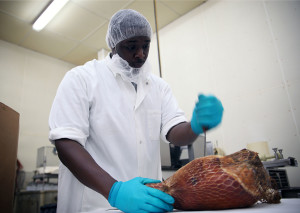
Edwards VA Smokehouse worker ‘tastes’, or smells, the ham for ripeness several times with a steel needle.
Edwards, in coordination with Seward, developed the perfect feed portion of VA peanuts, harkening back the fat content of yore to the ham hocks. (Be sure to look for the peanut fed variety when searching for Surryano, as there are two varieties.) After a meticulous 18 month aging process- with a return of tra- ditional holdovers, such as utilizing a cooler ‘spring room’ before the hams are ushered to the warmer maturation room- the result is astonishing: a ripe, oleaginous ham that’s sweet and not overly salty, with notes of cheese, white wine, and hazelnut, whose velvety mouthfeel leaves little to be desired. Best served at room temperature with little accompaniment, aside maybe from good cheese and fine wine.
It’s Edwards and other artisans that we have to thank for the preservation of more than just a regional point of pride, but a national treasure. It is a hefty contender for an iconic food here.
For more on Edwards Virginia Smokehouse visit them online at
https://www.facebook.com/EdwardsVAHam
Citations:
Zhou, G.H.; Zhao, G.M. (2007), “Biochemical changes during processing of traditional Jinhua ham”, Meat Science (77): 114–120
LIS > Code of Virginia > 3.2-5419
“Smithfield Ham.” Smithfield Ham. Accessed October 15, 2015. http://self.gutenberg.org/articles/smithfield_ham.
“Who’s behind the Chinese Takeover of World’s Biggest Pork Producer?” PBS News. September 12, 2014. Accessed October 15, 2015. http://www.pbs.org/newshour/bb/whos-behind-chinese-takeover-worlds-biggest-pork-producer/.
“Our Story.” Quality Edwards Country Hams, Bacon and Sausage. Accessed October 15, 2015. http://www.edwardsvaham.com/our-story.
“Heritage Foods USA About Us.” Heritage Foods USA About Us. Accessed October 15, 2015. http://www.heritagefoodsusa.com/about_us.php.

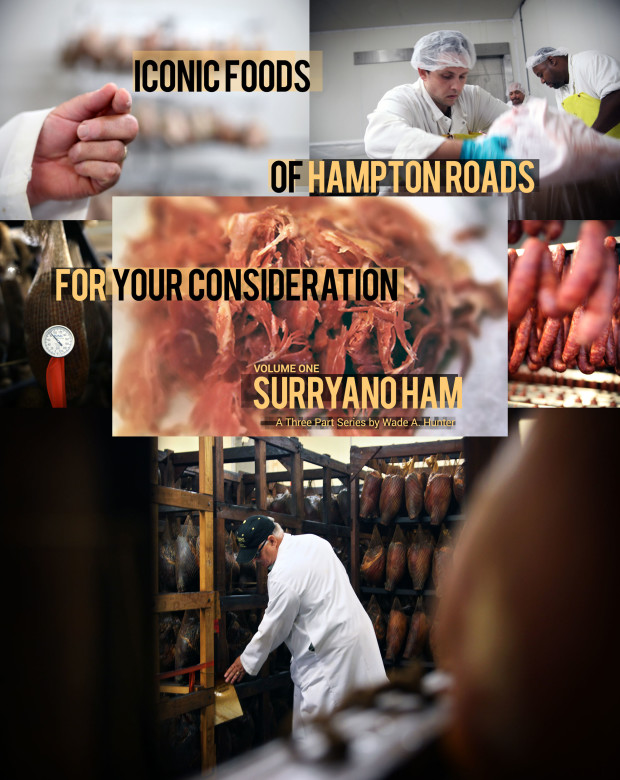
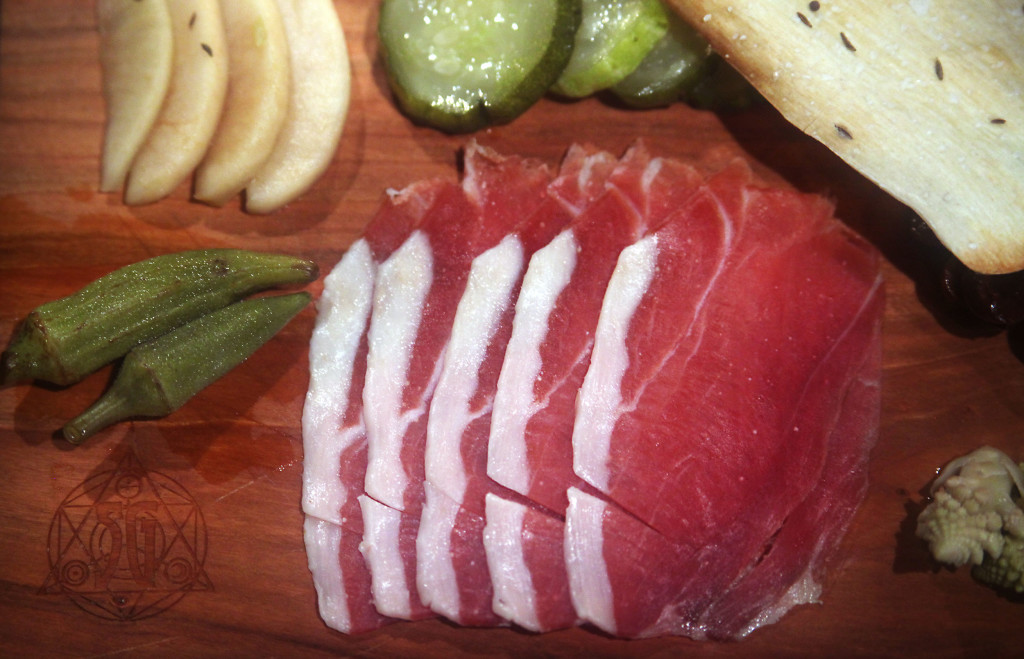
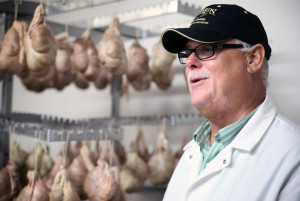


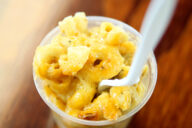


No Comments